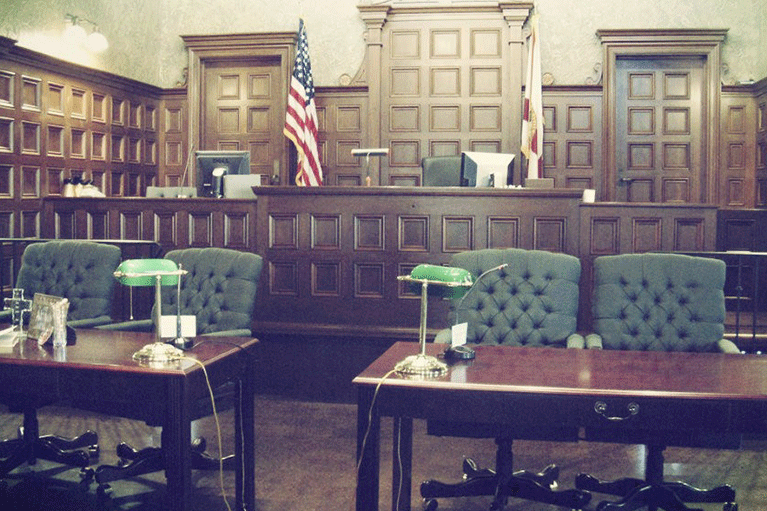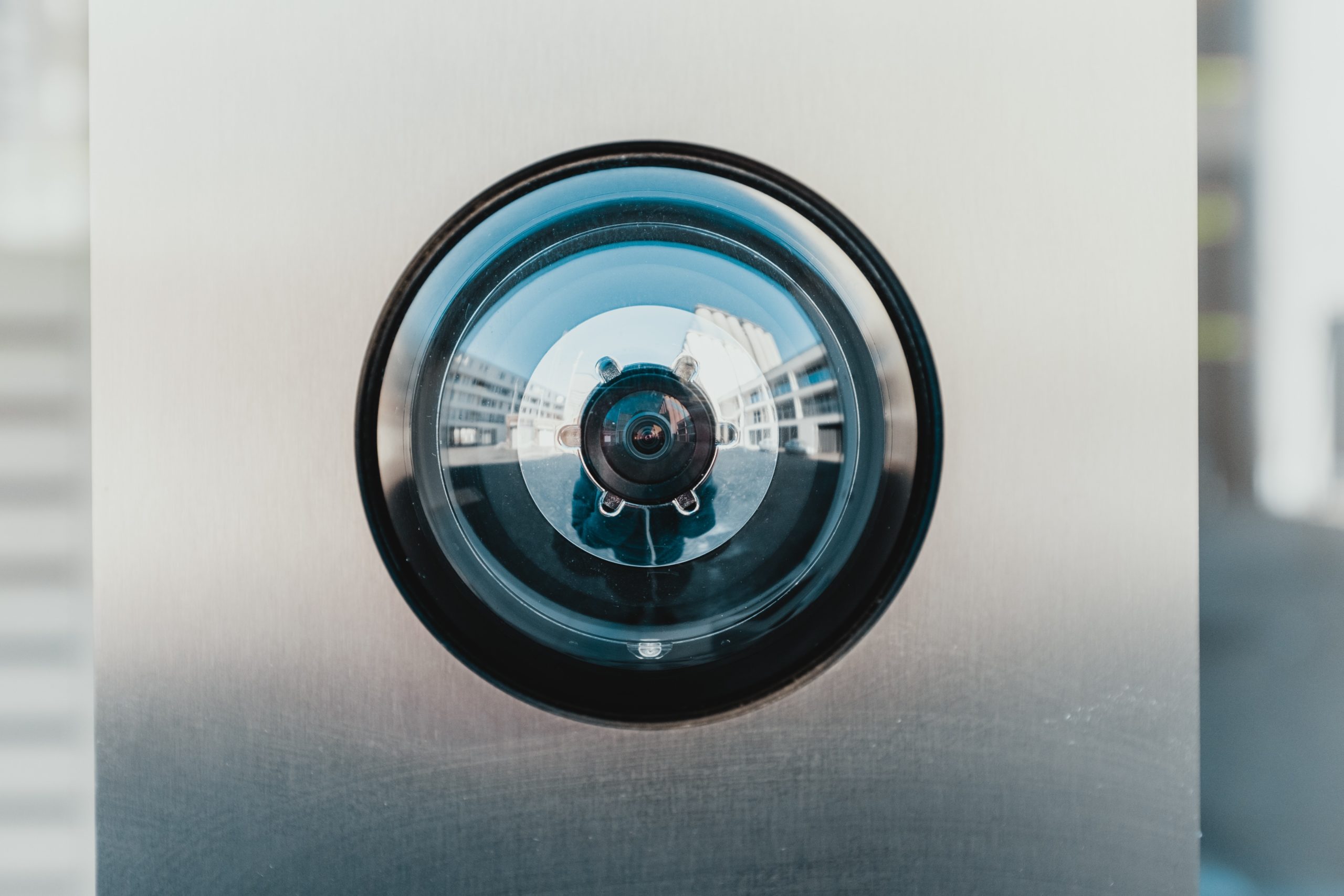2 min read
Data Security and All the Other Lawyers
During a presentation at the ABA’s 44th National Conference of Professional Responsibility last year, a CLE panelist threw out the following. Given...
We've crafted solutions tailored to your firm
The world of insurance for law firms can be confusing, and difficult to navigate. We've created this glossary because these common insurance terms should be easy to understand.
3 min read
ALPS Guest Bloggers : Mar 13, 2017 12:00:00 AM

Last week I watched a trial. Usually, I do this from the “hotseat,” running the electronic trial technology and presenting exhibits. This time, I was there to be sure that the wireless network in the court room did not go down during trial. [Lessons confirmed: 1 – Do not rely on the courthouse wireless network for trial presentation. 2 – Have a backup wireless network for your initial wireless network. 3 – Have a non-wireless connection, just in case. We did not need the wired option, but I was glad it was there when the second wireless network started to hiccup.]
As a trial consultant, it was an interesting opportunity to watch different users and approaches to trial presentation. The plaintiff attorney used her iPad and TrialPad. She did all of the presentation work herself. The defense attorney had her paralegal using Trial Director 6 on a laptop with a wireless mouse and separate numeric keypad.
This is not a reprise of the numerous discussions about the pros and cons of various trial presentation software. Suffice it to say that both presentation softwares functioned as directed by their users. Some of the jurors may have noticed that there were two different presentation platforms being used, but I doubt they were aware of the software beyond that.
What struck me was the facility (or lack thereof) with which each attorney presented. There are some simple steps that those of us in the “hotseat” swear by that would have significantly enhanced each side’s presentation of exhibits.
Electronic presentation of exhibits is a powerful tool. At the end of trial, the jury and the judge both expressed their appreciation of the use of electronic exhibits. The total dollar amount of this case was not large by comparison with many of the cases I do. However, it was significant to the parties. A relatively small investment in presentation equipment and time significantly enhanced the jury experience. Following these tips would have made it an even better experience for the jurors.
__________
Susan Bonar Mayer is President and CEO of Litigation Abstract, Inc., headquartered in Missoula, Montana, with a sales and service office in Seattle, Washington. Susan graduated from Duke University with a degree in History. Since 1989, Susan and Litigation Abstract, Inc. have provided customized litigation support services to both public and private clients in the United States and Canada, including data and information management, discovery reviews, document and ediscovery productions and electronic trial support. Susan is an active member of Women in Ediscovery, participates in The Sedona Conference on ediscovery, writes a blog on litigation support and ediscovery, and frequently speaks on data management, ediscovery and electronic trial. Visit: www.litigationabstract.com. Susan can be contacted at: smayer@litigationabstract.com. Twitter: @Litigation_Abs

2 min read
During a presentation at the ABA’s 44th National Conference of Professional Responsibility last year, a CLE panelist threw out the following. Given...

3 min read
I suspect more than a few law firms, particularly in the solo/small firm space, have yet to take the necessary time to draft and write up a...

2 min read
Beware the client who brings you electronic recordings! Many or most clients have the ability to video people or record conversations with their...